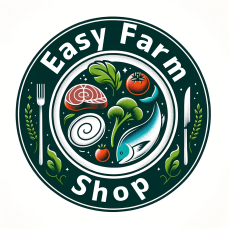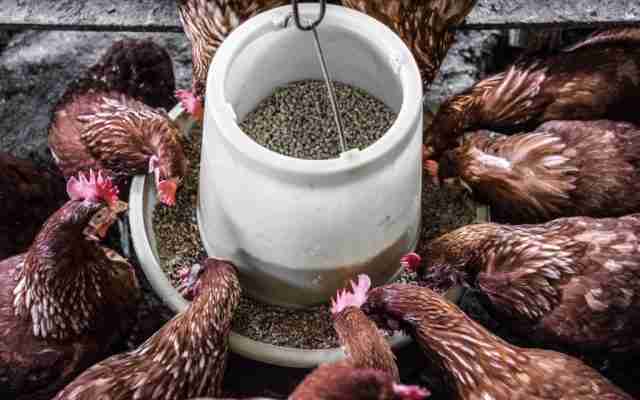Most people think of Soya as a healthy food, it’s been popular with vegetarians and vegans for decades, and Soyabeans have been a staple of the Asian diet for thousands of years. Soya is a great choice for anyone on a non meat diet as it’s a complete protein that contains all eight essential amino acids.
Soyabean meal is the main protein used in poultry and cattle diets. Soya beans can be fed to whole or as Soyabean meal, a by-product of oil extraction. Oil is extracted from Soyabeans mechanically (by the application of pressure), or by using a solvent. Most commercial feeds use solvent-extracted Soyabean meal. Only mechanically extracted Soyabean meal can be used in organic poultry diets.
Soya is used, unfermented and highly processed, in just about every junk food and processed item on the supermarket shelf. And in the diet of almost all commercial chickens, turkeys, ducks, dairy cows, pigs and beef cows (unless specified “grass fed”). This impacts the health of the humans who eat them. It’s almost impossible to find any meat product (besides grass-fed beef or lamb) that hasn’t been contaminated with Soya.
The Good – Why is Soya Used in Animal Foods?
- Soya is a great source of protein, carbohydrates, fats and trace elements including calcium, vitamins C, B5 & B6, Iron, Magnesium, Lysine, Methionine, Trytophan and Choline.
- Soya, when combined with grain has the effect of dramatically boosting the efficiency with which livestock and poultry convert grain into animal protein. (they grow faster)
- Soya is cheap. We need cheap food to feed the World so we need soya.
The Bad – Why you might want to limit the amount of Soya in your diet
As with everything in life there’s a massive downside to eating too much soya:
- Soyabeans are arguably the most environmentally offensive agricultural crop in the world. About 20% of the Amazon rain forest has been cleared, mostly to grow GM Soya. GM Soya was created so that the Soya plant itself would not be damaged by the toxic pesticides and herbicides used to grow them. These toxins leach into the soil and water and impact the local vegetation and animal life.
- Soya contains estrogen-like compounds called isoflavones. And some findings suggested that these compounds could promote the growth of some cancer cells, impair female fertility and mess with thyroid function, having said that many healthy foods contain isoflavones and the studies on their affect on human health are inconclusive.
- Most Soya is grown from genetically modified seed and most of the GM products authorised for use in Europe are used to feed farm animals. Many people are totally opposed to GM foods in their diets, even indirectly as when they are used as in animal feed.
So there you have it. Soya is an integral part of any meat-eaters diet whether they like it or not. And even vegans find it hard to eliminate soya completely.
As ever the less processing your food goes through before you eat it the better for you, your family, and the planet.
What’s important is that you know the provenance of your food so you can make an informed decision.
The best way to do this is to buy from your local farm shop or butcher.

